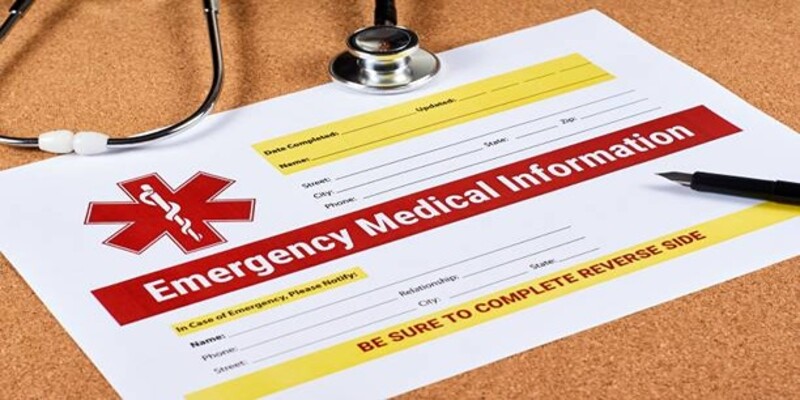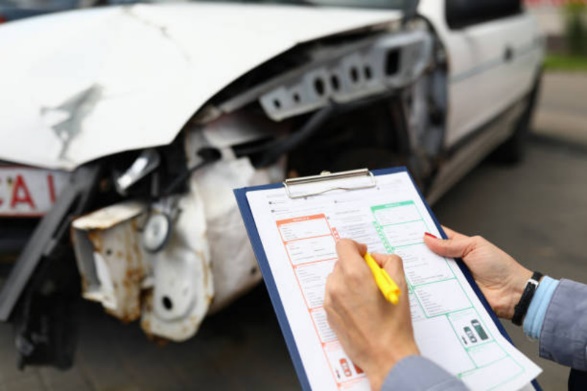
Bodily Injury Liability coverage is a critical component of any auto insurance policy, yet many policyholders do not fully comprehend its significance. Essentially, this coverage is designed to protect you financially in the event that you are held legally responsible for an accident that results in physical injury to others. It covers the costs associated with medical expenses, loss of income, pain and suffering, and potential legal fees. Understanding the nuances of this coverage type is crucial for every driver. This guide aims to demystify Bodily Injury Liability coverage, providing you with a comprehensive overview and empowering you to make informed decisions about your auto insurance needs.
Definition of Bodily Injury Liability Coverage

Bodily Injury Liability (BIL) coverage is a type of insurance that provides protection against claims made by other parties for injuries or death caused by an accident in which you are at fault. It is a mandatory requirement in most states, with minimum coverage limits varying depending on the jurisdiction. BIL coverage falls under the liability section of your auto insurance policy, along with Property Damage Liability (PDL) coverage. While PDL covers the costs associated with damage to other people's property, BIL specifically addresses bodily injuries.
How Does Bodily Injury Liability Coverage Work?
In the event of an accident where you are at fault and someone else suffers bodily injury, your BIL coverage would kick in. The coverage would apply to the injured party's medical expenses, including hospital bills, rehabilitation costs, and even long-term care if necessary. It also covers any loss of income due to the injury, as well as compensation for pain and suffering. Furthermore, if the injured party decides to take legal action against you, your BIL coverage can help cover your legal fees and potential settlements or judgments.
Coverage Limits
BIL coverage limits refer to the maximum amount your insurance company will pay for bodily injury claims per person and per accident. For example, if you have a BIL limit of $50,000 per person and $100,000 per accident, this means that your insurer will cover up to $50,000 for each individual injured in an accident you caused, with a maximum of $100,000 for all bodily injuries in that accident. It is important to choose coverage limits that adequately protect your assets and financial well-being in the event of a lawsuit.
Split vs Combined Limits
BIL coverage limits can be written as either split or combined limits. Split limits are expressed as two numbers, representing the per person and per accident coverage amount. In contrast, combined limits are expressed as a single number, such as $100,000/$300,000. It is crucial to understand the difference between these two types of coverage limits and select the one that best suits your needs.
The Role of Bodily Injury Liability Coverage in an Accident
In the unfortunate event of an accident, bodily injury liability coverage plays a crucial role in protecting you from potentially devastating financial consequences. Without this coverage, you could be held personally responsible for paying for the medical expenses and other costs incurred by the injured party. This can include not only current expenses but also future ones, such as ongoing medical treatment or lost wages due to disability. Having adequate BIL coverage can provide peace of mind and financial security in case of an accident.
Factors that Affect Bodily Injury Liability Coverage Rates
The cost of BIL coverage can vary from person to person and depends on several factors. These include your driving record, age, type of vehicle, location, and the coverage limits you select. Insurance companies also take into account your occupation, credit score, and previous insurance claims when determining your rates for BIL coverage. Generally, drivers with a history of accidents or traffic violations are considered higher risk and may have higher BIL coverage rates.
How to Determine the Right Bodily Injury Liability Coverage Limits for You?
Choosing the right BIL coverage limits is crucial. If you opt for lower limits to save on insurance costs, you could be at risk of having to pay out-of-pocket in case of an accident. On the other hand, selecting higher limits may result in a higher insurance premium but can provide better protection and peace of mind. Factors to consider when determining your BIL coverage limits include your assets, income, and potential liability risks.
Consult with an Insurance Professional
To determine the right BIL coverage limits for your specific needs, it is best to consult with an experienced insurance professional. They can assess your individual situation and provide personalized recommendations to ensure you have adequate coverage for potential bodily injury claims.
How to File a Bodily Injury Liability Claim?

In the event of an accident where you are at fault and someone else has suffered bodily injury, it is important to promptly file a BIL claim with your insurance company. To do so, follow these steps:
- Collect Information: Before leaving the scene of the accident, gather as much information as possible from all parties involved, including names, contact information, and insurance details.
- Cooperate with the Investigation: Your insurance company will likely conduct an investigation into the accident and may ask for additional information or documentation from you. Be sure to cooperate fully to ensure a smooth claims process.
- Seek Legal Advice: In some cases, the injured party may choose to take legal action against you, even if your insurance company is already providing coverage. It is essential to seek legal advice in such situations to protect your rights and interests.
Conclusion
Bodily injury liability coverage is an essential part of your auto insurance policy that protects you from the financial consequences of causing an accident where someone else suffers bodily injury. It is crucial to understand how this coverage works, the different types of coverage limits, and factors that can affect your rates. Consult with an insurance professional to determine the right BIL coverage limits for your specific needs and be sure to promptly file a claim if you are involved in an accident. With adequate BIL coverage, you can have peace of mind and financial security in the unfortunate event of an accident. So, it is important to choose coverage limits carefully and regularly review your insurance policy to ensure you have adequate protection. Safe driving habits are also crucial in preventing accidents and reducing the risk of bodily injury claims.



